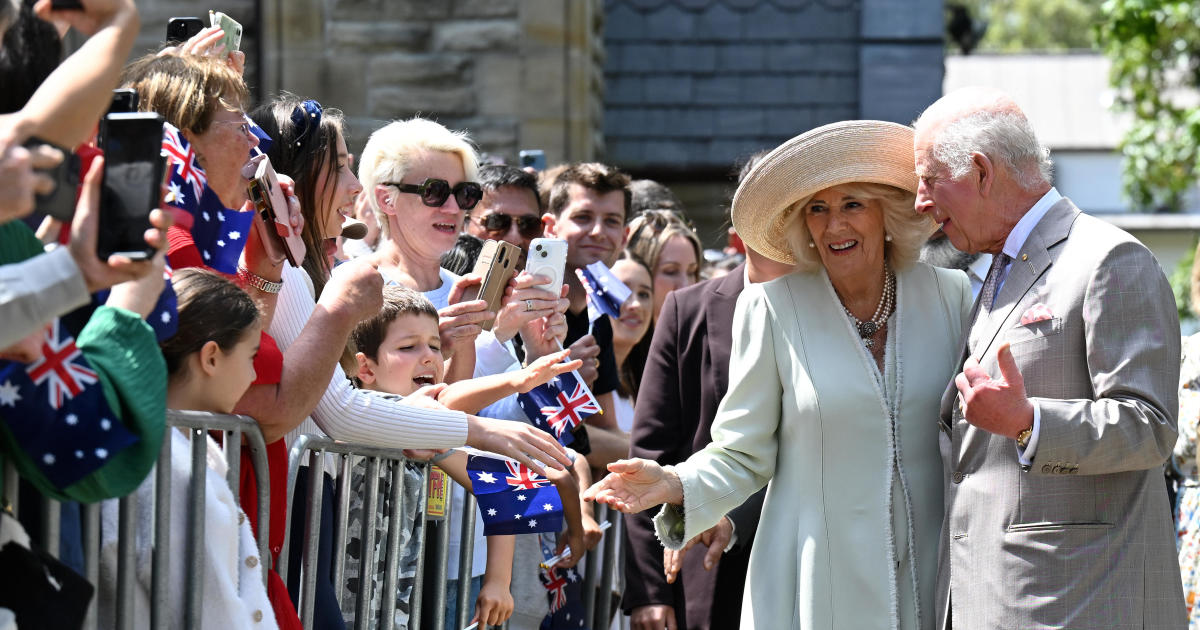King Charles III’s visit to Australia has been met with a mix of warm welcomes and fervent protests, reigniting the debate about Australia’s constitutional monarchy. The trip, his first major overseas engagement since beginning cancer treatment, marks the first visit by a reigning British monarch in over a decade. While the official reception has been largely cordial, with thousands turning out to greet the royal couple, significant opposition highlights the complex relationship between Australia and the British crown, a relationship rooted in a history of colonial oppression and ongoing calls for Indigenous rights. This visit has brought to the forefront deep-seated tensions, revealing a nation grappling with its colonial past and its future as an independent entity.
Protests and the Colonial Past
Senator Thorpe’s Confrontation
The most significant protest came from Senator Lidia Thorpe, who directly confronted King Charles during a parliamentary address. Her powerful statement, accusing the king of complicity in the genocide of Indigenous Australians, brought the nation’s complex history to the forefront of the royal visit. Thorpe’s passionate call for land rights, treaty recognition, and accountability for past atrocities underscored the deep-seated resentment felt by many Indigenous Australians. The incident, while dramatic, served as a potent symbol of the unresolved issues stemming from British colonization. The outburst highlighted the vast gap between the celebratory atmosphere surrounding the royal visit and the lived realities of Indigenous Australians, who continue to fight for justice and recognition. The fact that this occurred during a formal parliamentary event speaks to the profound depth of the ongoing grievance and desire for reconciliation.
The Ongoing Debate about Australia’s Head of State
The incident involving Senator Thorpe further fueled the existing debate about Australia’s future as a republic. While many Australians have welcomed King Charles, the event solidified the arguments of those who advocate for severing ties with the British monarchy. The Australian Republic Movement (ARM) actively champions this cause, arguing that an Australian head of state better reflects the nation’s identity and sovereignty. They perceive the royal visit as a final opportunity for farewelling a monarchy they consider antiquated and irrelevant to modern Australia. The ARM’s campaign, dubbed “Monarchy: The Farewell Oz Tour!”, underscores the increasing momentum behind the republic movement. It effectively links King Charles’s presence with the colonial past while championing the possibility of a future that prioritizes self-determination. This campaign effectively uses symbolic language and public relations tactics to push forward its argument.
A Mixed Reception: Welcome and Opposition
Public Demonstrations of Support and Discontent
The royal visit hasn’t been solely defined by protest. Thousands lined the streets to catch a glimpse of the king and queen, demonstrating considerable popular support for the monarchy. This reflects a significant segment of the Australian population that retains affection for the royal family and its traditions. However, this positive response is interwoven with the outspoken criticism, highlighting the duality of sentiment and the lack of monolithic public opinion on the monarchy. This contrast in the response only highlights how fragmented the overall opinion is. The presence of both fervent supporters and vocal critics mirrors the nation’s ongoing process of negotiating its identity in relation to its colonial past.
The Symbolic Significance of the Royal Visit
King Charles’s visit carries significant symbolic weight, representing a continued link to Britain’s colonial past and the complex relationship that persists between Australia and the United Kingdom. For some, it evokes a sense of shared history and tradition, while for others, it serves as a reminder of the injustices and ongoing inequalities faced by Indigenous Australians. It acts as a lightning rod, crystallizing differing perspectives on national identity and historical reconciliation. Whether it truly reflects the desires of the Australian people, or solely serves as a showcase of tradition, becomes a subject of deep-seated discussion. For many, the visit presents an opportunity for reflection and a continuation of the dialogue around Australia’s place in the world.
The Future of the Australian Monarchy
The Path Toward a Republic
While the sentiment towards the monarchy is far from uniform, the growing support for a republic indicates that a significant section of the Australian population desires a change in its constitutional arrangements. The incident involving Senator Thorpe, coupled with the ARM’s ongoing campaign, highlights the increased pressure on the government to seriously address the question of a republican future. However, the transition to a republic is far from a straightforward process, requiring a constitutional referendum and widespread support amongst the population. Many complex discussions, considering different systems and models of governance, are needed to properly shift Australia from a monarchy to a republic.
Reconciliation and the Path Forward
Beyond the republic debate, the royal visit has forcefully highlighted the urgent need for genuine reconciliation between the Australian government and its Indigenous population. The deep wounds inflicted during the colonial era remain unhealed, and the demand for treaty recognition represents a profound plea for justice, truth, and reconciliation. The issues extend far beyond the mere symbols of monarchy, requiring substantive policy changes and a commitment to addressing systematic inequalities that impact Indigenous Australians to this day. Any meaningful reconciliation will inevitably require action at a multitude of governmental levels, with direct communication with Indigenous communities themselves to establish true partnership for resolution.
Take Away Points:
- King Charles III’s visit to Australia has reignited the debate about the country’s future as a republic.
- The protests, particularly Senator Thorpe’s confrontation, highlighted the deep-seated resentment towards the colonial past.
- Public opinion remains divided, with significant support for the monarchy alongside strong calls for change.
- The visit has underscored the urgent need for reconciliation between the Australian government and its Indigenous population. The need for a treaty and recognition of injustices is central to this discussion.
- Australia’s future as a constitutional monarchy, or as a republic, remains a significant and ongoing political debate.




